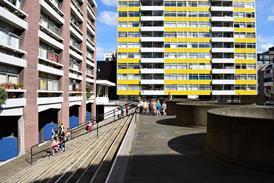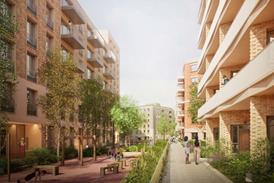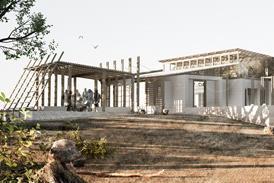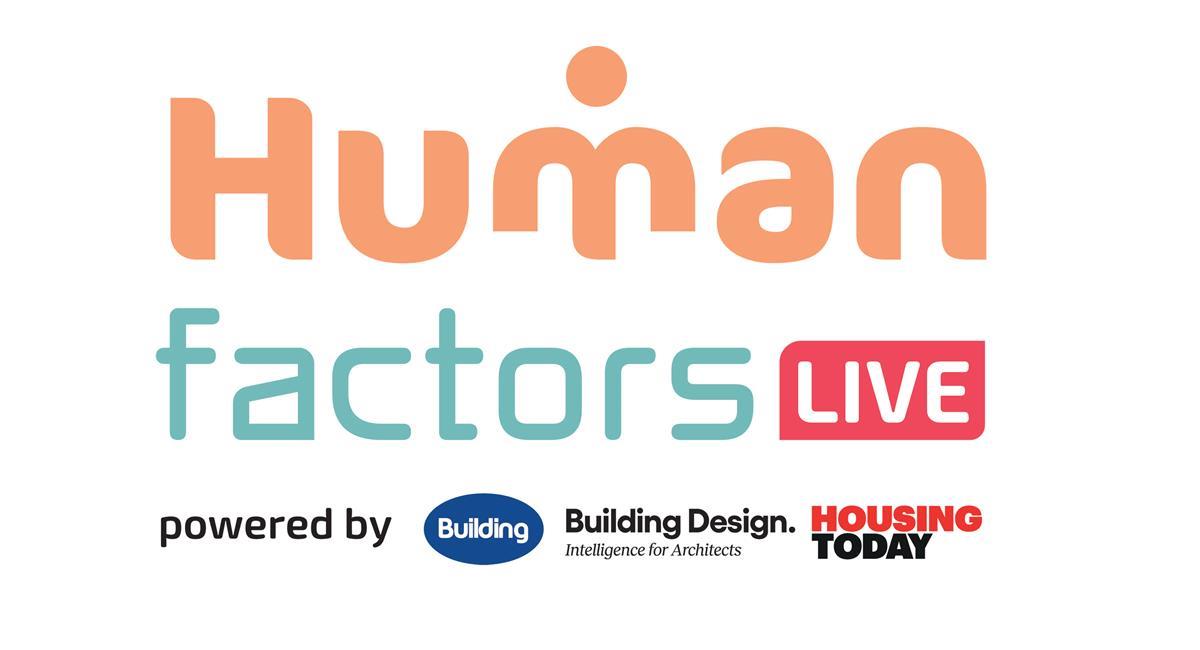- Home
- Intelligence for Architects
- Subscribe
- Jobs
- Events

2025 events calendar Explore now 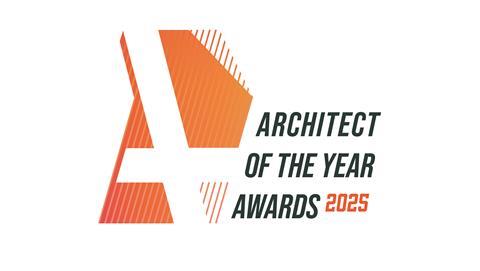
Keep up to date
Find out more
- Programmes
- CPD
- More from navigation items
Architecture in crisis: a profession undermined by its own structures

Hien Nguyen on how years of falling fees, mounting liabilities and weak institutional support have left architects struggling to sustain viable practices
Once viewed as a rewarding and respected profession, architecture in the UK is now increasingly defined by diminishing fees, increased costs, more liability, rising risk, and a growing disconnect between architects and the institutions that represent them. Behind our professional body’s glitz of awards ceremonies, revamped headquarters and pledges, a deeper crisis is unfolding, one that is a slow and continual erosion of the profession’s value and viability.
For decades, architecture offered the promise of meaningful, creative and rewarding work that shaped public life. But many architects now report a very different reality: mounting stress, diminishing margins, unpaid work, and regulatory burdens and liabilities that grow heavier each year.
…
This content is available to registered users | Already registered?Login here
You are not currently logged in.
To continue reading this story, sign up for free guest access
Existing Subscriber? LOGIN
REGISTER for free access on selected stories and sign up for email alerts. You get:
- Up to the minute architecture news from around the UK
- Breaking, daily and weekly e-newsletters
Subscribe to Building Design and you will benefit from:

- Unlimited news
- Reviews of the latest buildings from all corners of the world
- Technical studies
- Full access to all our online archives
- PLUS you will receive a digital copy of WA100 worth over £45
Subscribe now for unlimited access.


